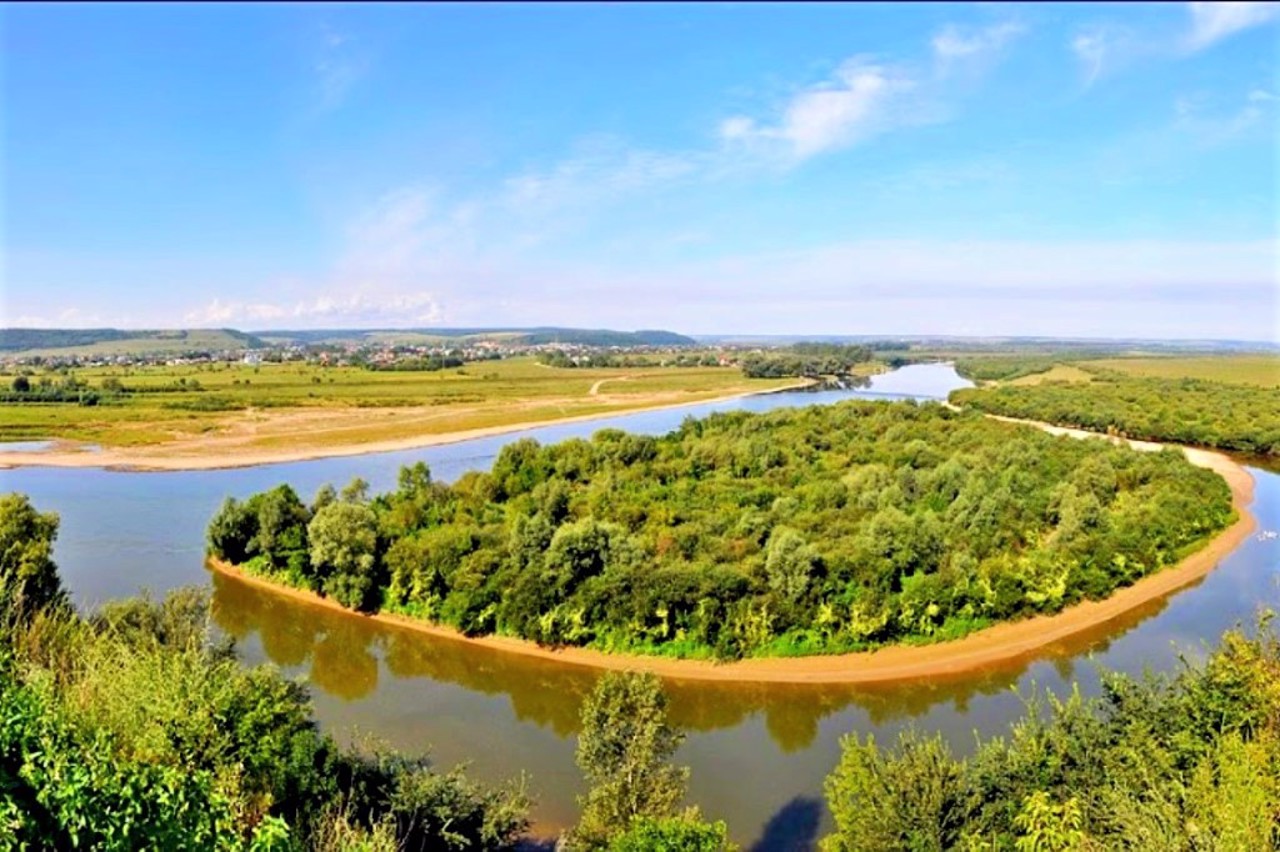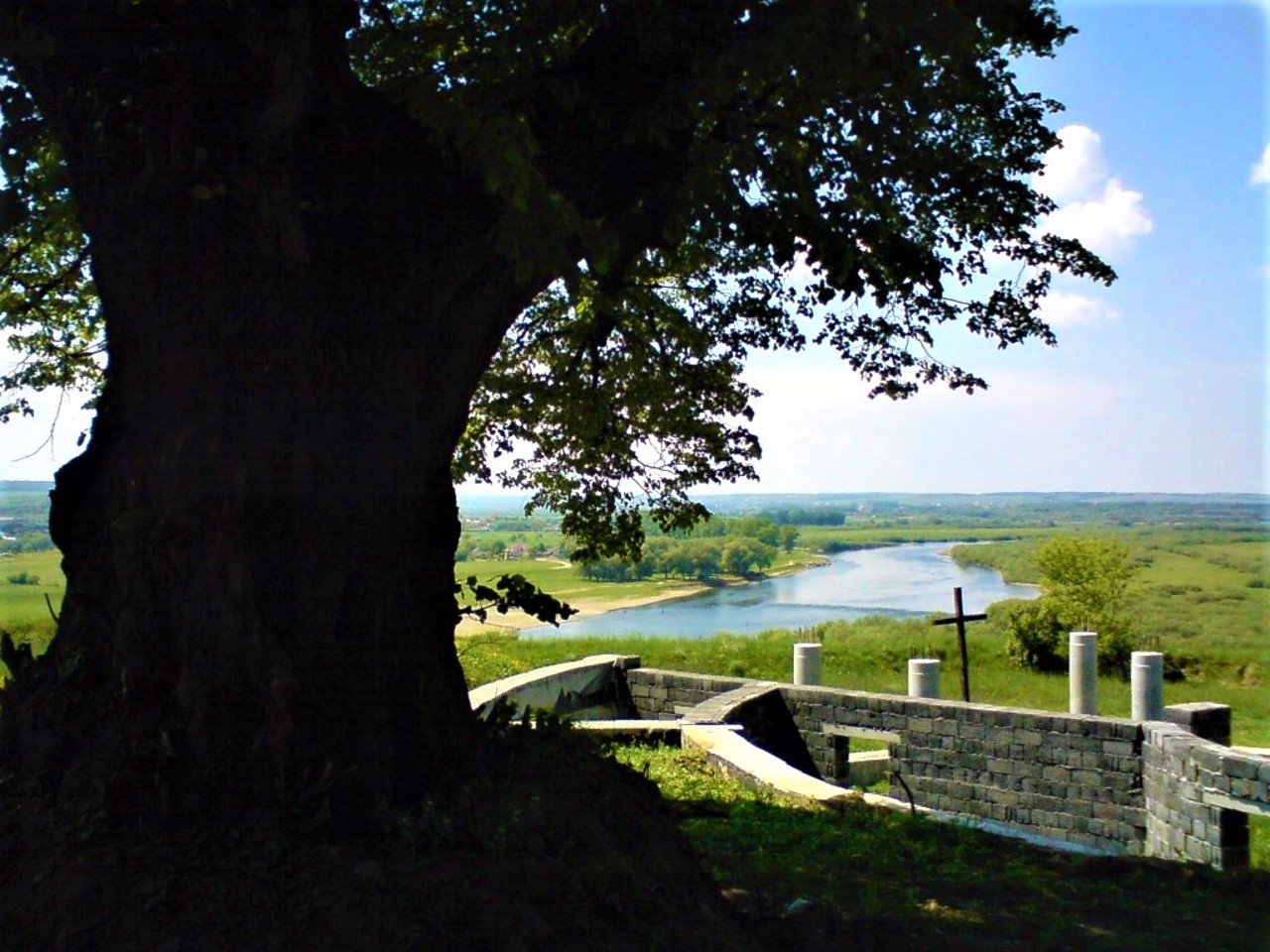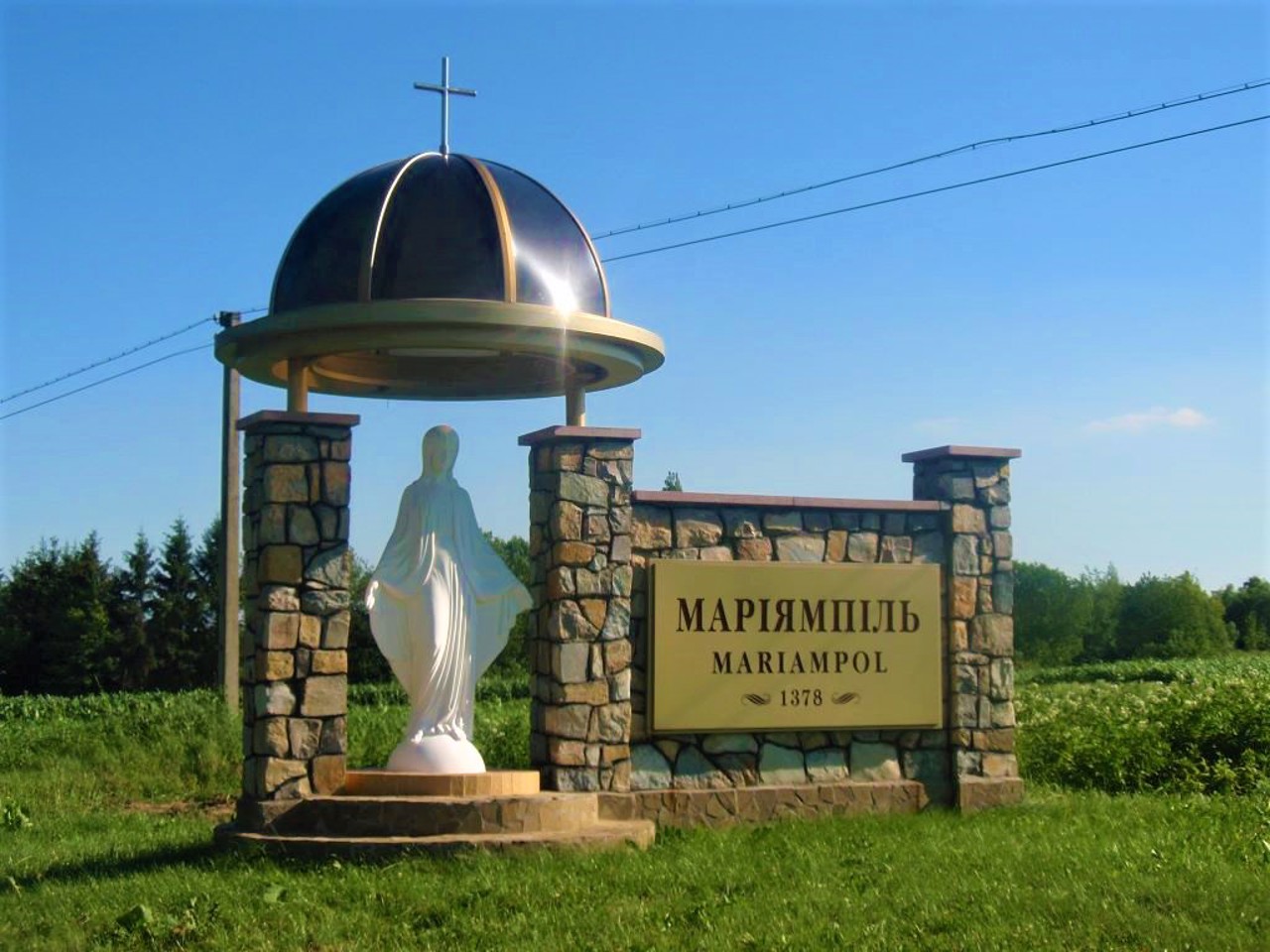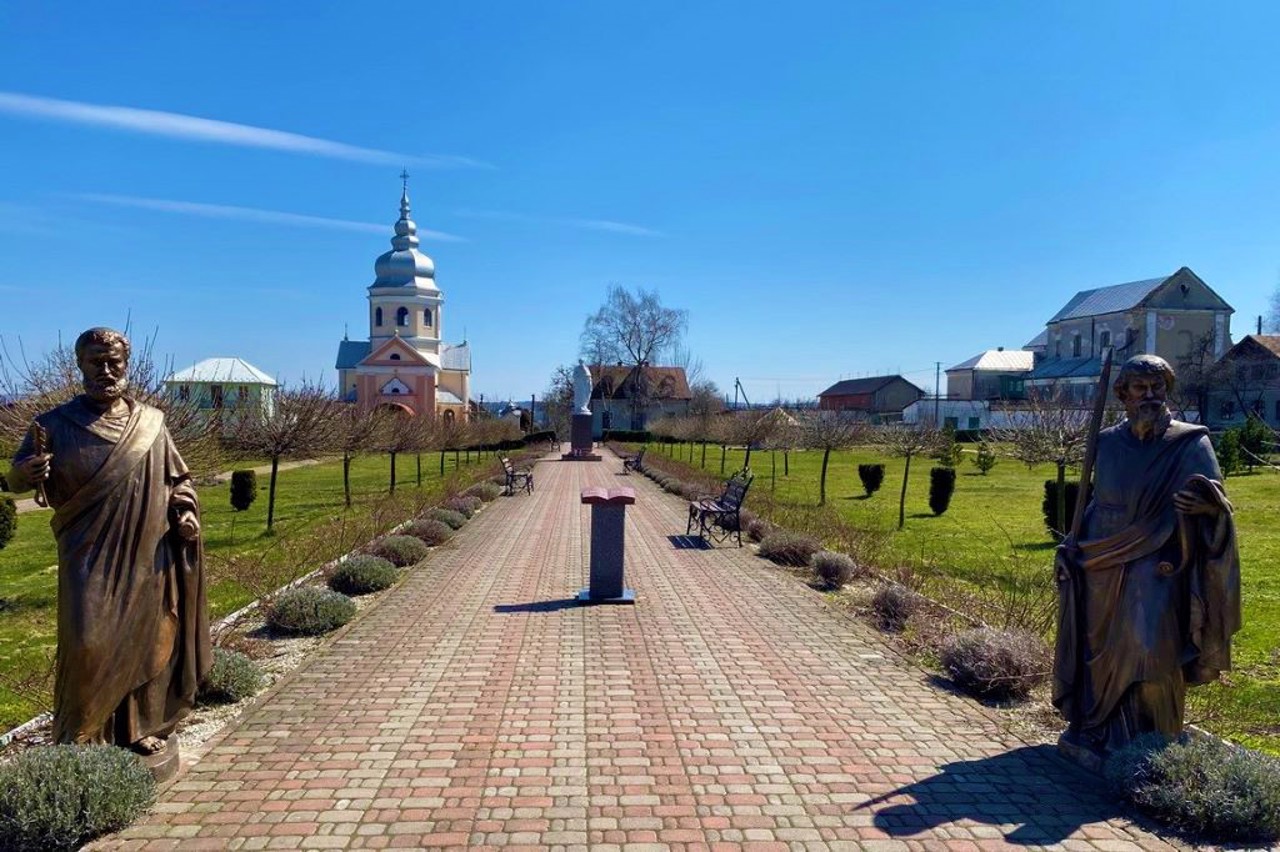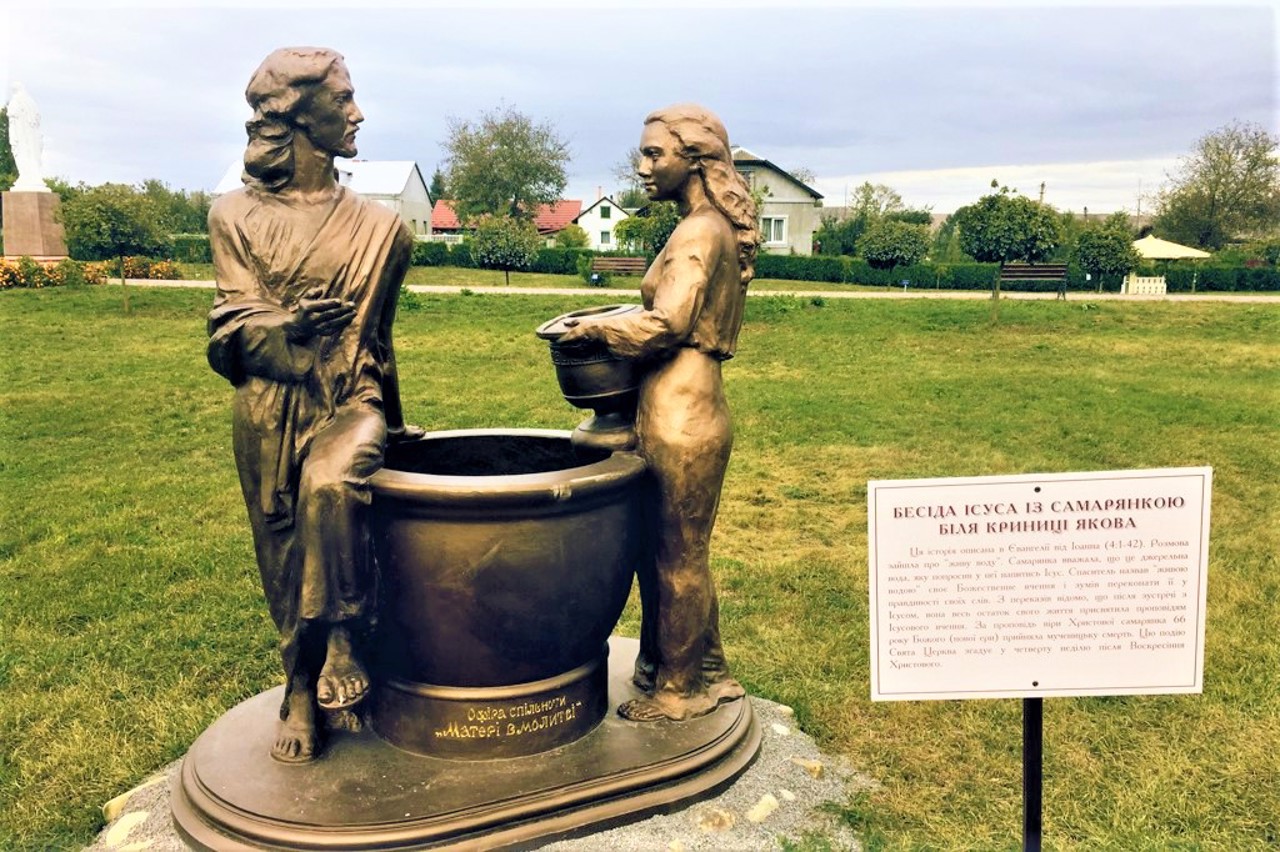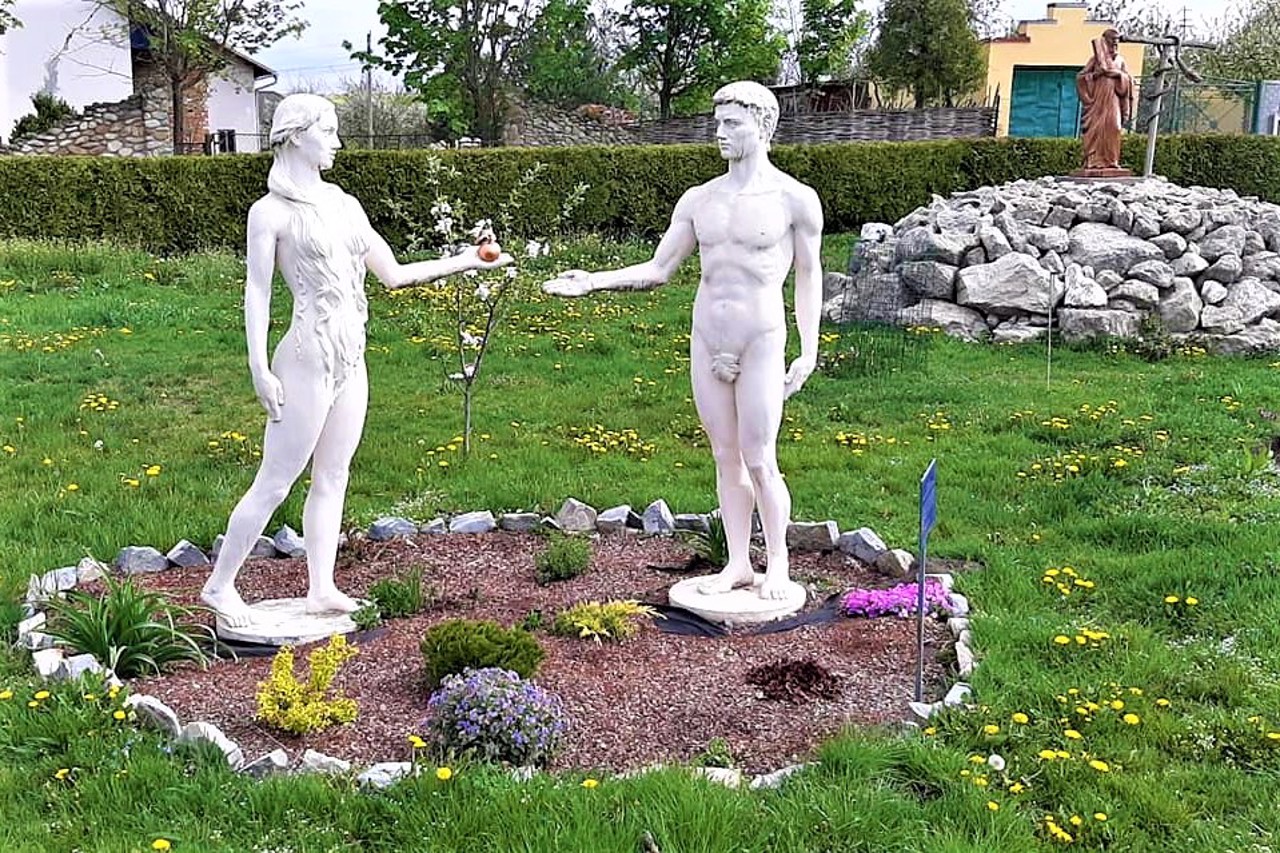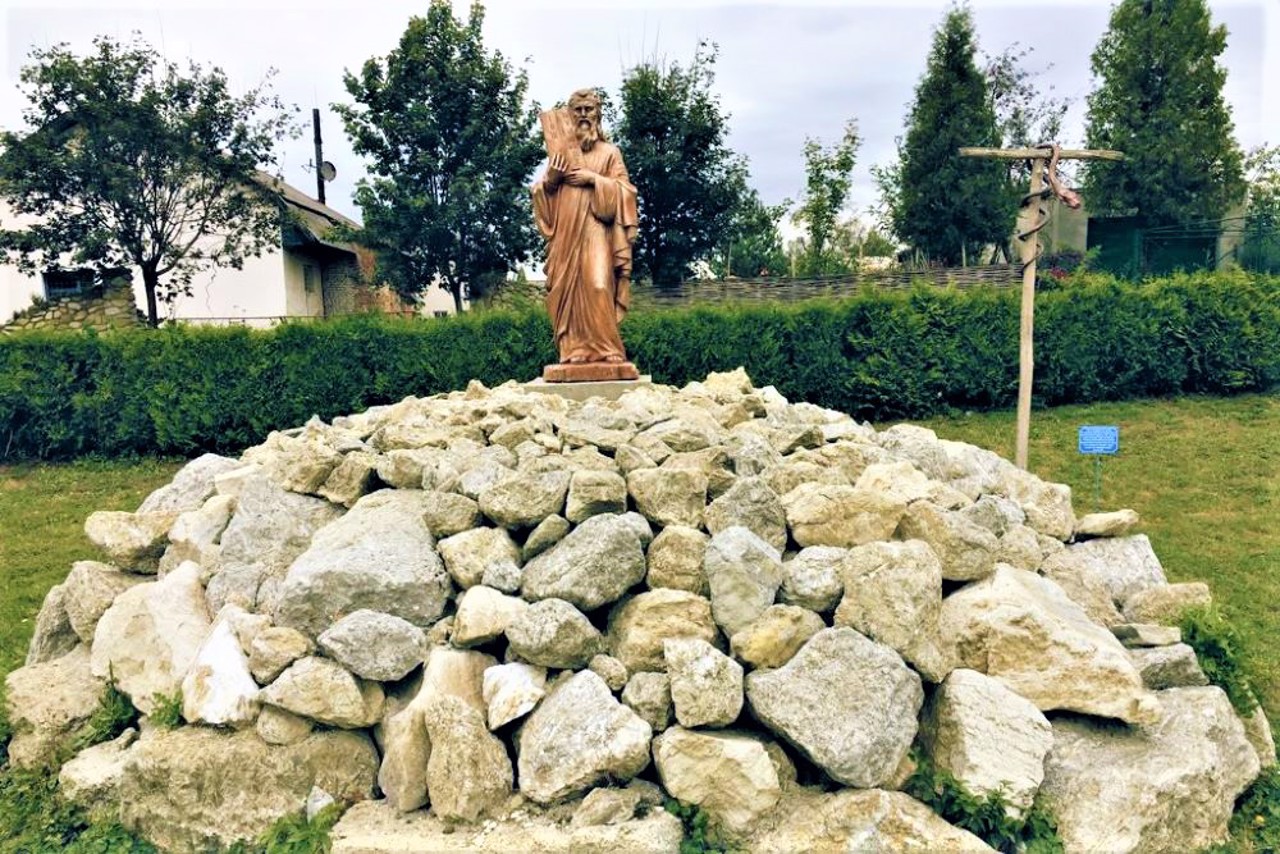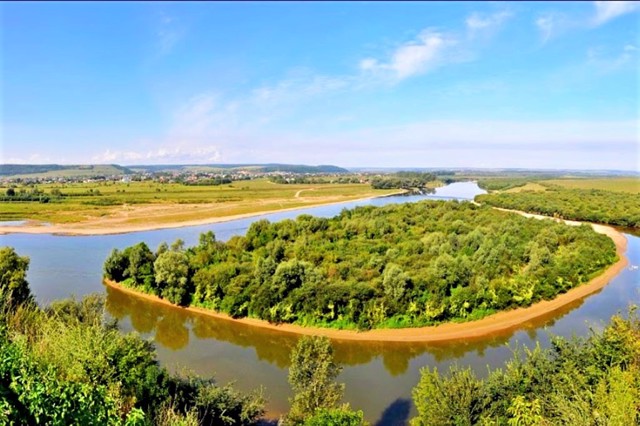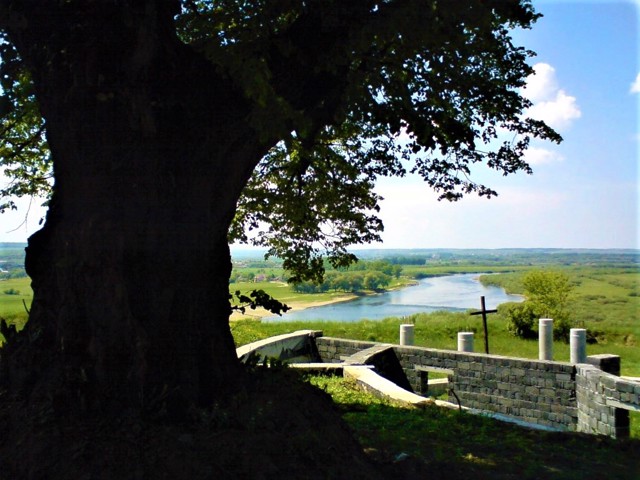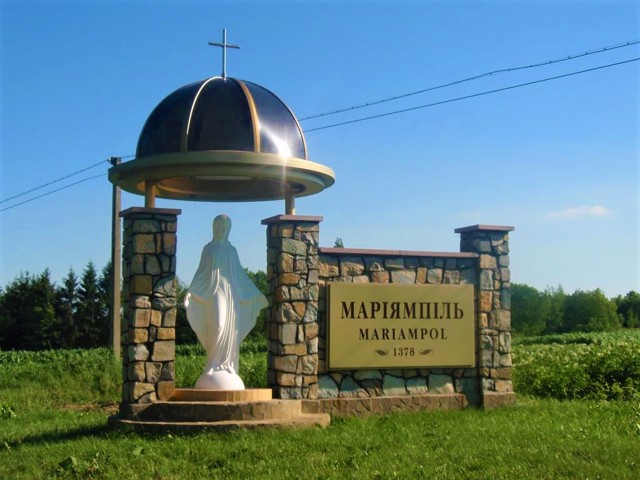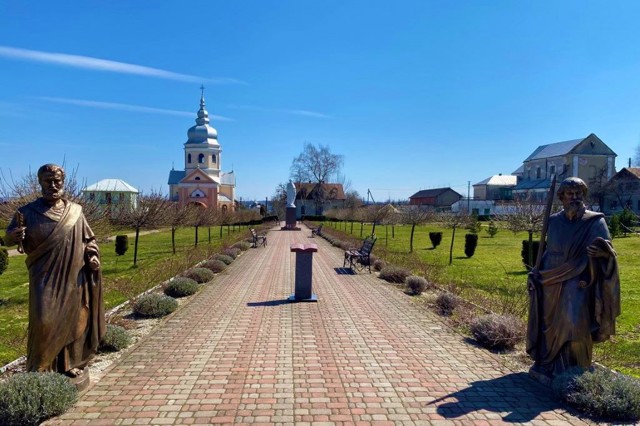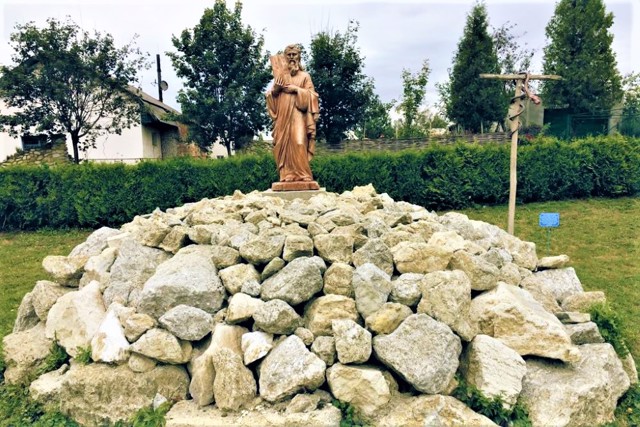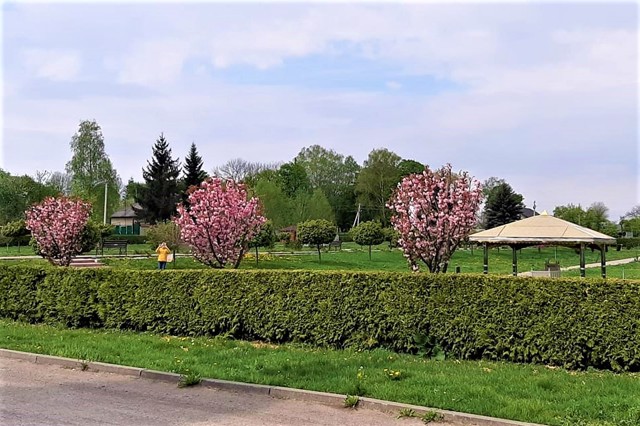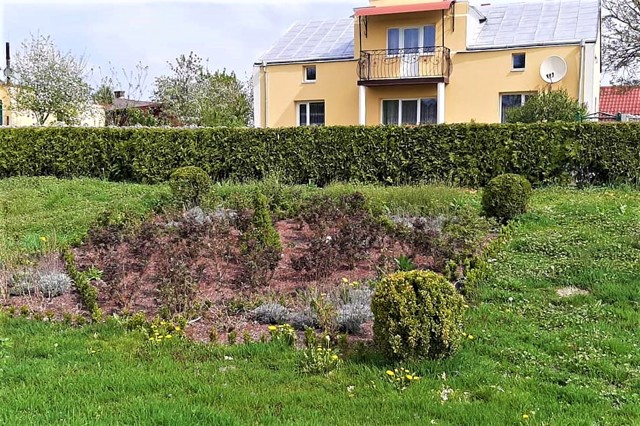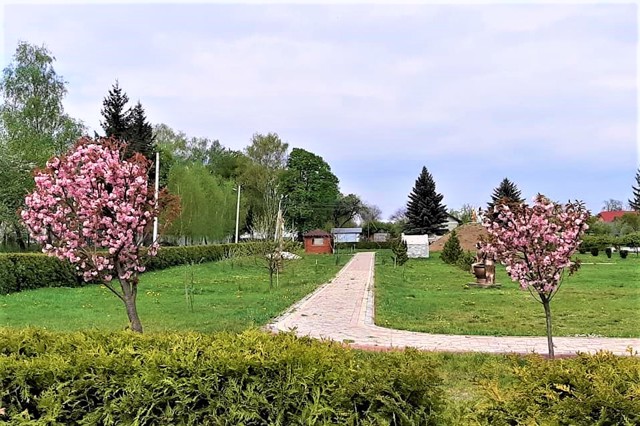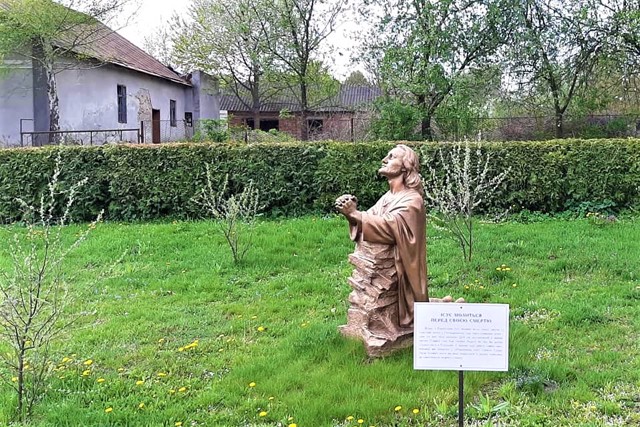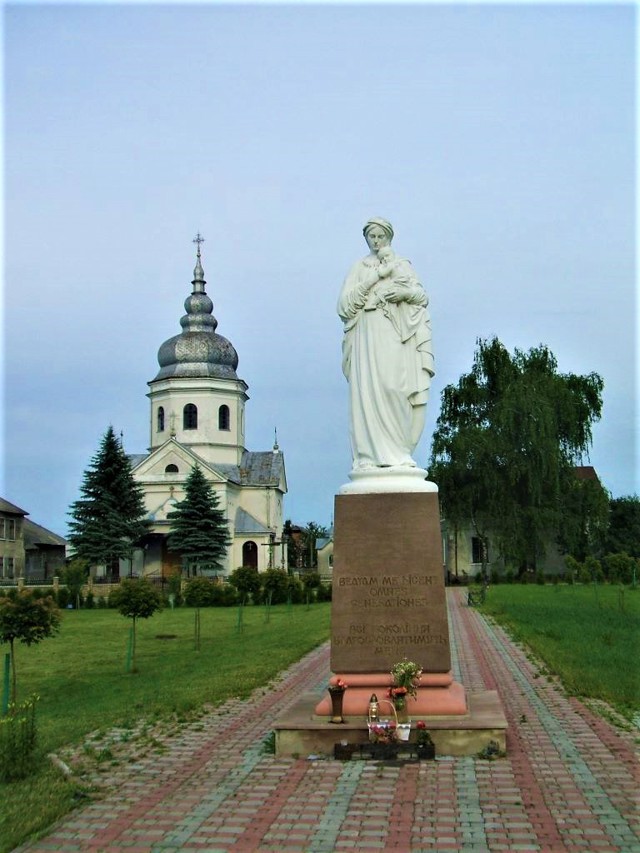Functional temporarily unavailable
Mariiampil
Travel guide online Mariiampil
General information about Mariiampil
The village of Mariiampil is located on the high left bank of the Dniester, 20 kilometers southeast of Halych.
In the 12th-15th centuries, there was an ancient Rus settlement of Chortopil at this place, which was later destroyed by the Tatars (it was first mentioned in 1378). In the 17th century, a wooden castle Bozhyi Vydok, belonging to the nobleman Tadeush Belzetsky, was built on the hillfort, which was also burned by the Tatars.
The new settlement of Mariiampil was founded in 1691 by the Polish hetman Stanislav Yan Jablonovskyi. He built a stone castle and a church for the miraculous icon "Victory" or "Knight's Mother of God" (in honor of the Virgin Mary, the settlement proba ...
The village of Mariiampil is located on the high left bank of the Dniester, 20 kilometers southeast of Halych.
In the 12th-15th centuries, there was an ancient Rus settlement of Chortopil at this place, which was later destroyed by the Tatars (it was first mentioned in 1378). In the 17th century, a wooden castle Bozhyi Vydok, belonging to the nobleman Tadeush Belzetsky, was built on the hillfort, which was also burned by the Tatars.
The new settlement of Mariiampil was founded in 1691 by the Polish hetman Stanislav Yan Jablonovskyi. He built a stone castle and a church for the miraculous icon "Victory" or "Knight's Mother of God" (in honor of the Virgin Mary, the settlement probably got its current name). In 1703, Rus governor Yan Stanislav Yablonovskyi founded the parish church of the Holy Trinity, in which the icon was placed. Later, the church was rebuilt in stone, but it has not survived to this day. In 1742-1746, a monastery, a church and a Capuchin collegium were founded in Mariiampil at the expense of the Bratslav voivode, Yan Kayetan Yablonovskyi, on whose territory there is now a penal colony.
In the 19th and 20th centuries, Mariiampil was the center of the Austrian compass, and the garrison was housed in the rebuilt castle. The last owner of the town was Baron Maryan Blazhovskyi. The Greek Catholic Church of the Holy Cross was built under him in 1926-1930.
In Soviet times, the village received the consonant previous name Marinopil.
In 2011, a native of the village, Ivano-Frankivsk Medical University professor Volodymyr Botsyurk, laid the first Bible Garden in Ukraine on the former Market Square in Mariiampil. Only those plants mentioned in the Bible grow on an area of 1 hectare. The Mariiampil Bible Garden has 25 types of these types of trees and bushes. The territory is very competently planned and allows you to make a kind of excursion through the main milestones of the Holy Scriptures.
A picturesque panorama of the Dniester opens from Castle Hill.
Село Маріямпіль розташоване на високому лівому березі Дністра в 20 кілометрах на південний схід від Галича.
В XII-XV сторіччях на цьому місці існувало давньоруське поселення Чортопіль, зруйноване згодом татарами (вперше згадується в 1378 році). В XVII столітті на городищі виник дерев'яний замок Божий Видок, що належав шляхтичу Тадеушу Белзецькому, який також спалили татари.
Нове поселення Маріямпіль було засновано в 1691 році польським гетьманом Станіславом Яном Яблоновським. Він звів кам'яний замок і костел для чудотворної ікони "Переможниці" або "Лицарської Богоматері" (на честь Діви Марії, ймовірно, населений пункт і отримав свою нинішню назву). В 1703 році руський воєвода ...
Село Маріямпіль розташоване на високому лівому березі Дністра в 20 кілометрах на південний схід від Галича.
В XII-XV сторіччях на цьому місці існувало давньоруське поселення Чортопіль, зруйноване згодом татарами (вперше згадується в 1378 році). В XVII столітті на городищі виник дерев'яний замок Божий Видок, що належав шляхтичу Тадеушу Белзецькому, який також спалили татари.
Нове поселення Маріямпіль було засновано в 1691 році польським гетьманом Станіславом Яном Яблоновським. Він звів кам'яний замок і костел для чудотворної ікони "Переможниці" або "Лицарської Богоматері" (на честь Діви Марії, ймовірно, населений пункт і отримав свою нинішню назву). В 1703 році руський воєвода Ян Станіслав Яблоновський заснував парафіяльний костел Святої Трійці, в якому була поміщена ікона. Пізніше костел був відбудований в камені, але до наших днів не зберігся. В 1742-1746 роках коштом брацлавського воєводи Яна Каєтана Яблоновського в Маріямполі було засновано монастир, костел і колегіум капуцинів, на території якого тепер знаходиться виправна колонія.
В XIX-XX століттях Маріямпіль був центром австрійського циркула, в перебудованому замку розміщувався гарнізон. Останнім власником містечка був барон Марьян Блажовський. При ньому в 1926-1930 роках була побудована греко-католицька церква Чесного Хреста.
В радянські часи село отримало співзвучне попередній назву Маринопіль.
В 2011 році уродженцем села, професором Івано-Франківського медичного університету Володимиром Боцюрком, на колишній площі Ринок в Маріямполі був закладений перший в Україні Біблійний сад. На площі в 1 гектар ростуть виключно ті рослини, які згадуються у Біблії. Маріямпільський Біблійний сад налічує 25 видів таких видів дерев та кущів. Територія дуже грамотно розпланована і дає змогу здійснити своєрідну екскурсію основними віхами Святого Писання.
З Замкової гори відкривається мальовнича панорама Дністра.
Сплануй своє перебування у Mariiampil
What to see and where to go in Mariiampil
Tourist attractions and museums of Mariiampil
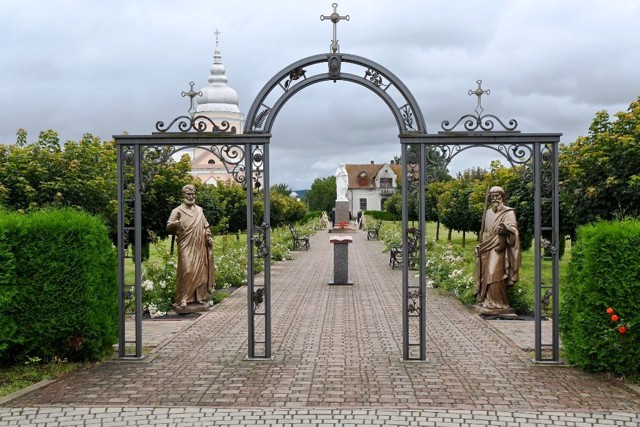
Bible Garden
Park / garden
The "Bible Garden" in the village of Mariiampil was founded in 2011 by a native of the village, professor of Ivano-Frankivsk Medical University Volodymyr Botsiurko. It is located on the Saint Mary square in front of the Exaltation Church, which locals previously used as pastures.
On an area of one hectare, only those plants that are mentioned in the Bible grow here. The Mariiampil "Bible Garden" has 25 species of such trees and shrubs.
Cedars were planted first, because according to biblical legends, it was cedar that was made the cross on which Jesus was crucified. There are also willows, sycamores (or fig trees), plane trees, maples, paradise apples, olive trees, berry yew, beeches, almonds, etc. One of the most interesting plants in the garden is the ash tree, known as the "Moses bush". It grows next to the sculpture of Moses, as it is associated with the biblical legend of the bush that did not burn.
The entrance to the garden is decorated in the form of the gates of paradise, where guests are greeted by sculptures of the holy apostles Peter and Paul. There are many other sculptures and installations on the territory that illustrate biblical plots. In the center is a sculpture of the Mother of God of Mariiampil, which is made according to the model of the miraculous icon of the same name.
The territory is very competently planned and allows you to take a kind of excursion through the main milestones of the Holy Scriptures.
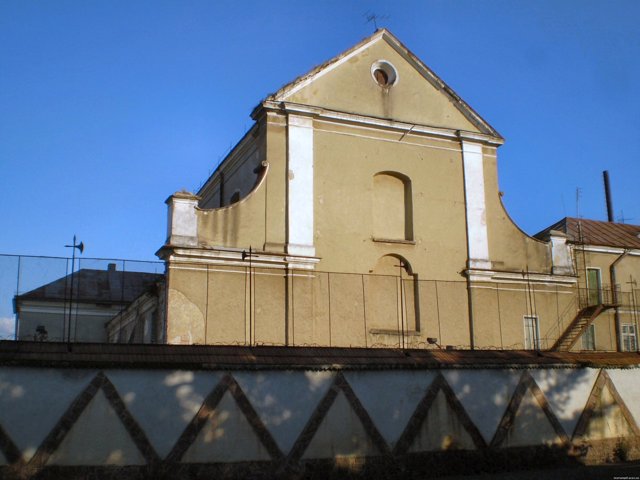
Capuchin Monastery
Temple , Architecture
The monastery of the Catholic order of Capuchins was founded in Marynopil (Mariiampil) in 1742-1746 at the expense of the Bratslav voivode, Yan Kayetan Yablonovskyi.
In 1757, the construction of Saint Anthoniy's Church was completed. A collegium with philosophy and rhetoric classes, a school for orphans, and a hospital operated at the monastery.
Under the Austrian authorities, the monastery was handed over to the Sisters of Charity of the Order of Charits, and the church came under the control of the Greek Catholic community of Mariiampil.
In 1948, a boarding school was placed next to the monastery, then an LTP. Today it is the Halytskyi correctional colony.
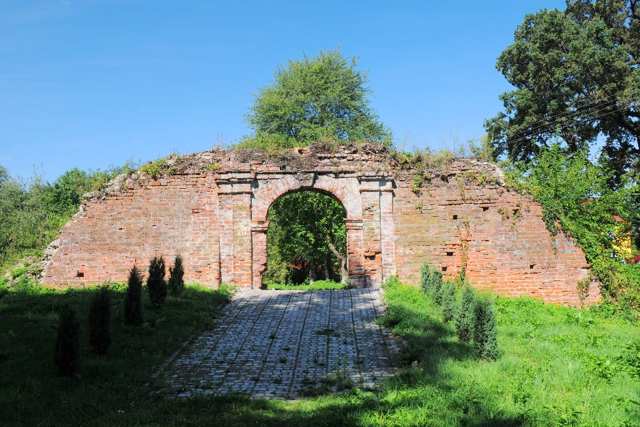
Yablonovsky Castle
Castle / fortress
The Mariiampil castle on the high left bank of the Dniester was built in 1691 by the famous Polish commander, the great crown hetman Stanisłav Yablonovsky.
In the 12th-15th centuries, there was an ancient Rus settlement of Chortopil on this place, and later - a wooden castle of Bozhiy Vydok. Yablonovsky Castle was named Mariiampil in honor of the icon of the Virgin Mary "the Victorious", who accompanied the hetman in all his military campaigns. The fortress had four defensive towers, two entrance gates, a residential building and garrison barracks, a siege well.
In the 18th and 19th centuries, part of the defensive structures were dismantled for the construction of a new palace, which has survived to this day (now a hospital). A 600-year-old oak tree grows in front of the palace, and an ancient park is located behind the house.
There is a healing spring at the foot of Castle Hill (Zamkova Hora).
Reviews Mariiampil
Geographical information about Mariiampil
| {{itemKey}} | {{itemValue}} |
|---|---|
| Region |
Ivano-Frankivsk |
